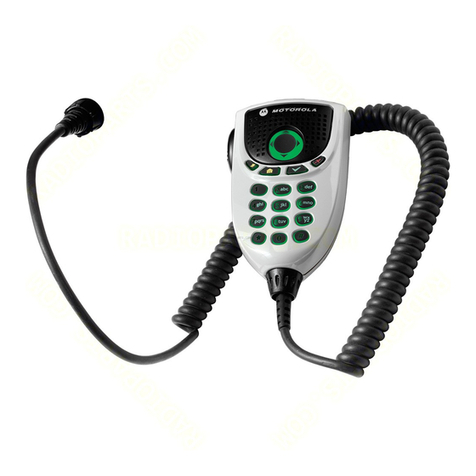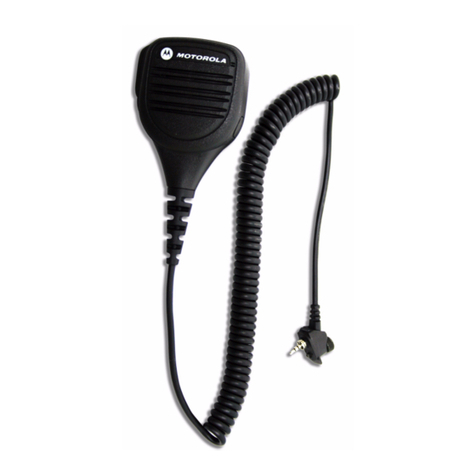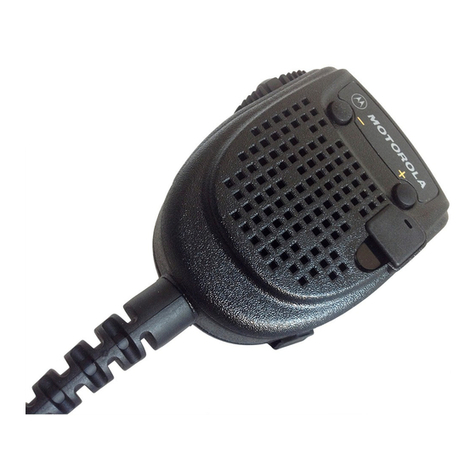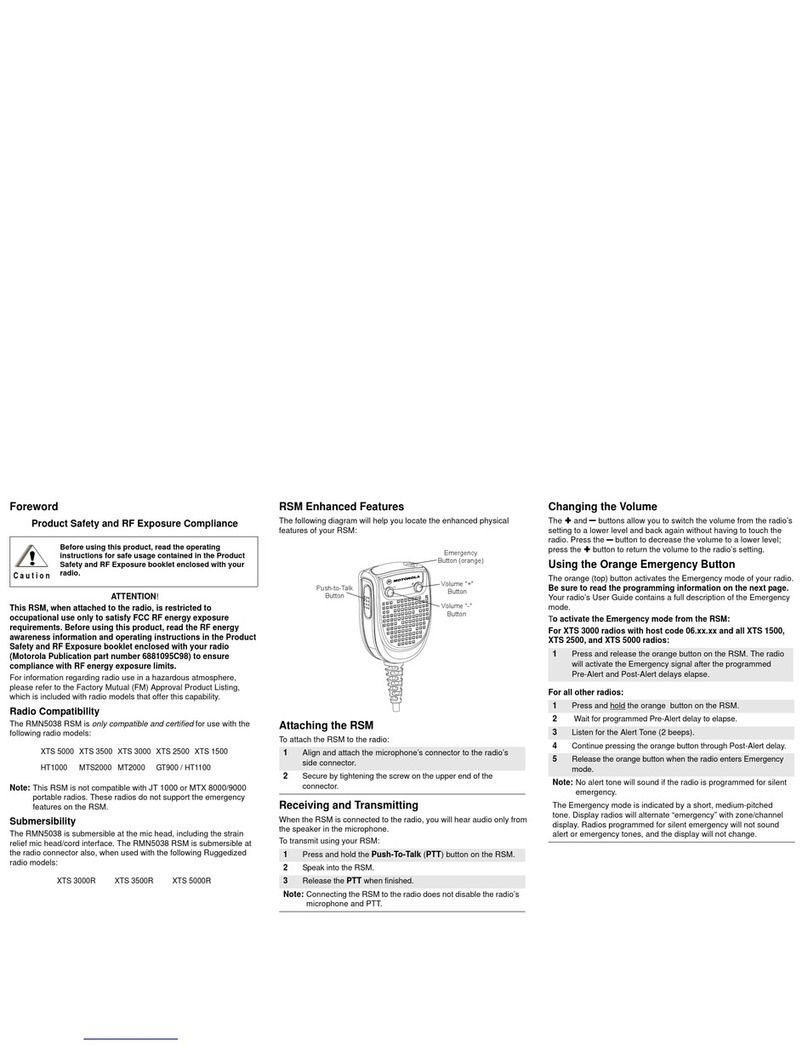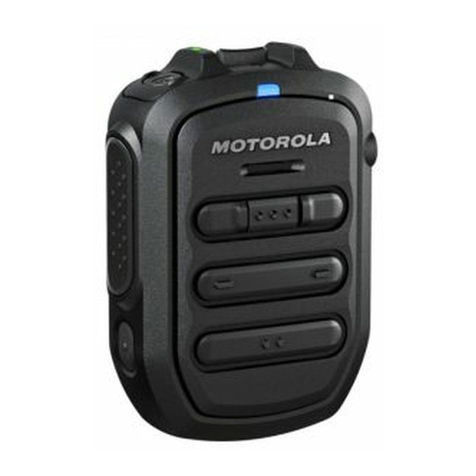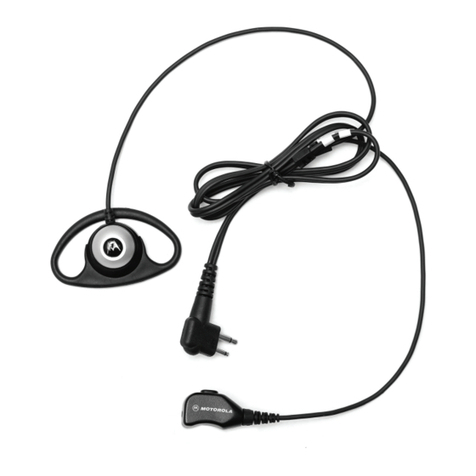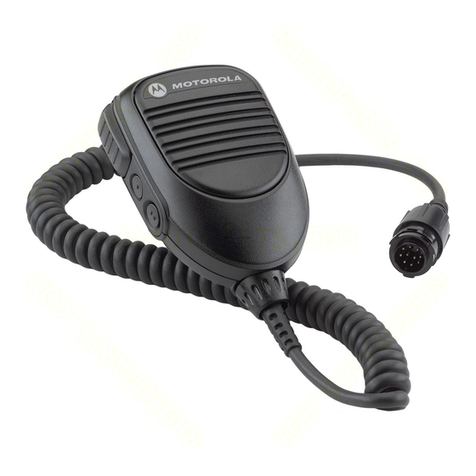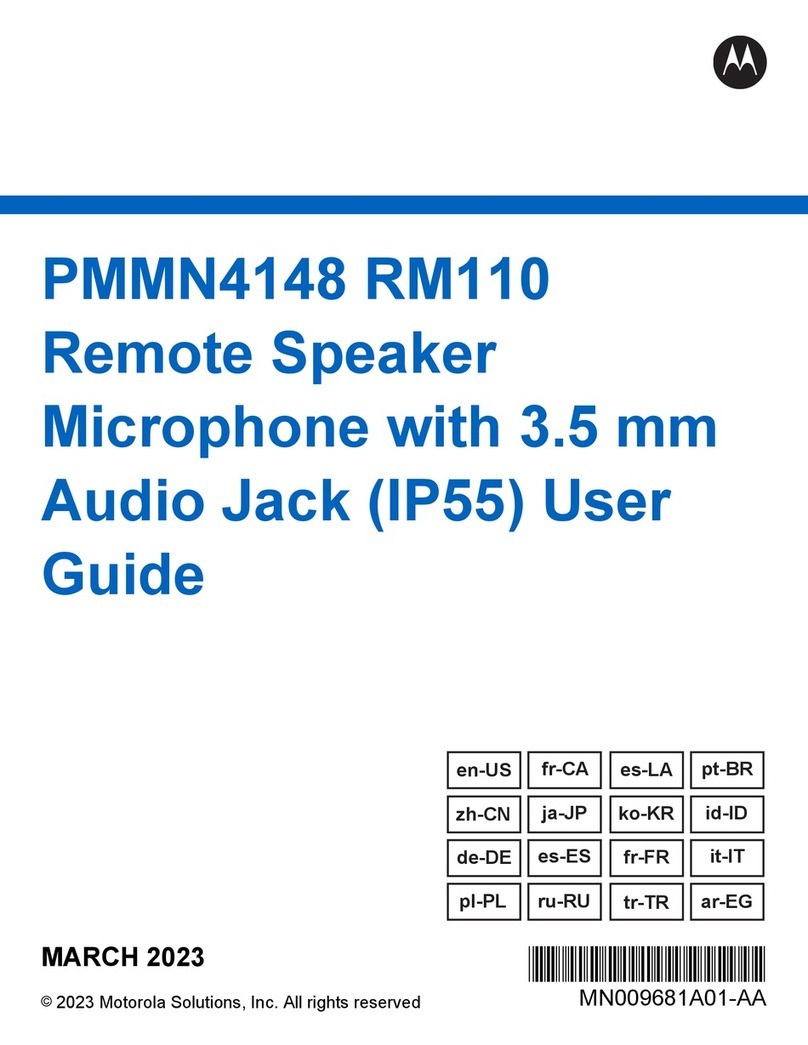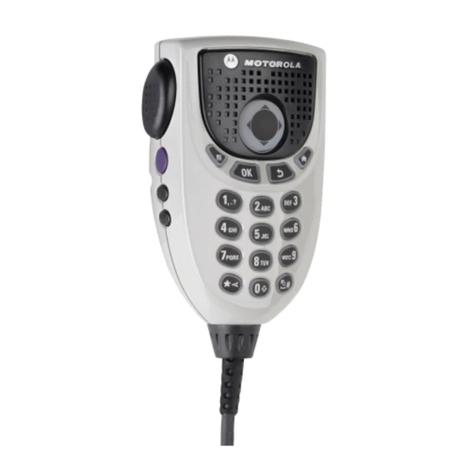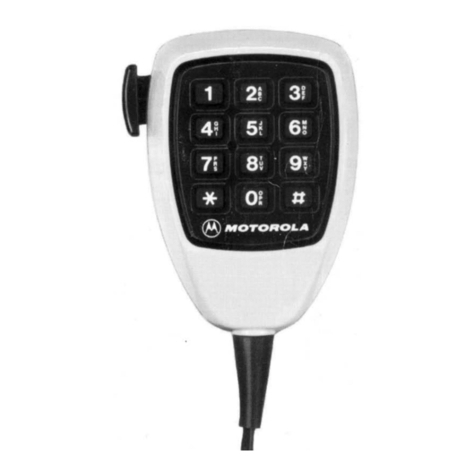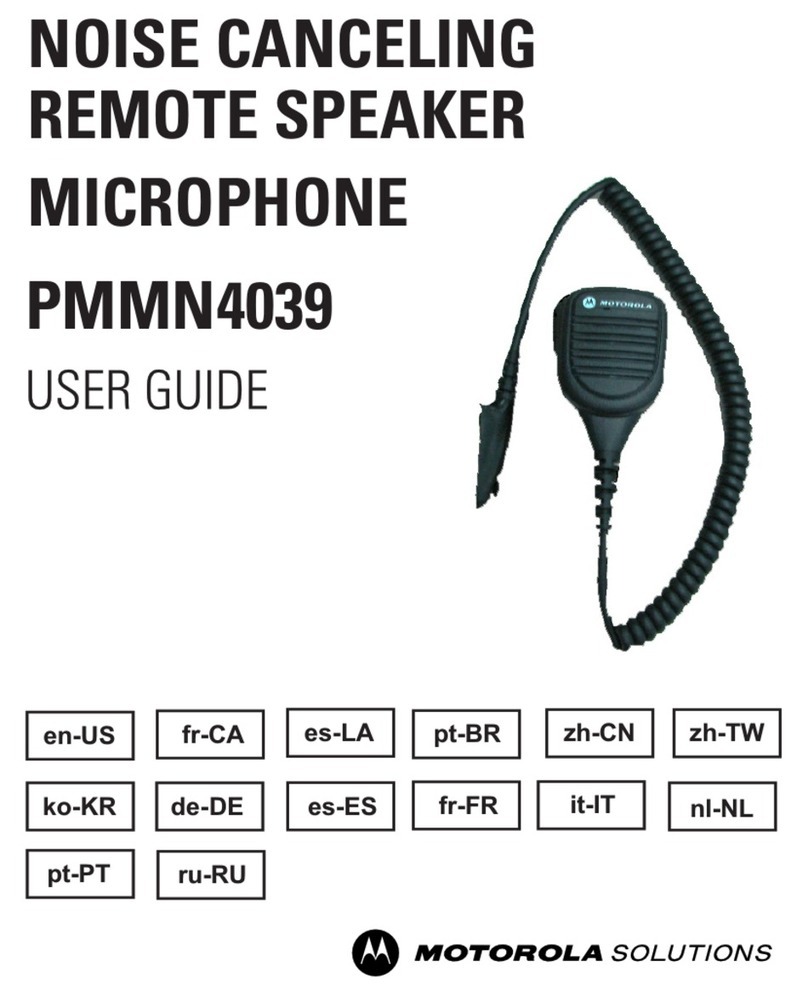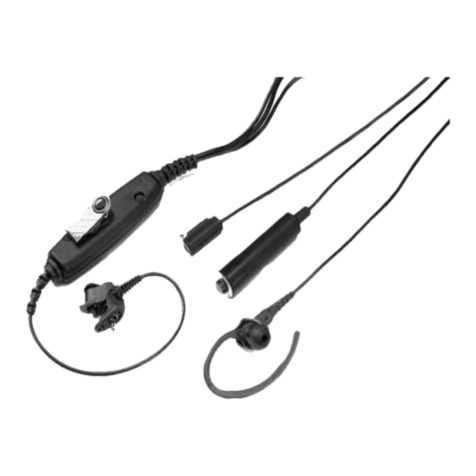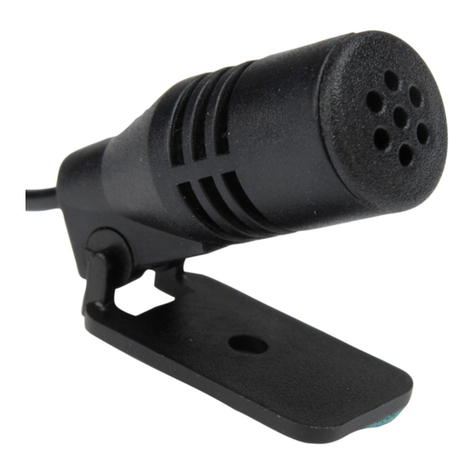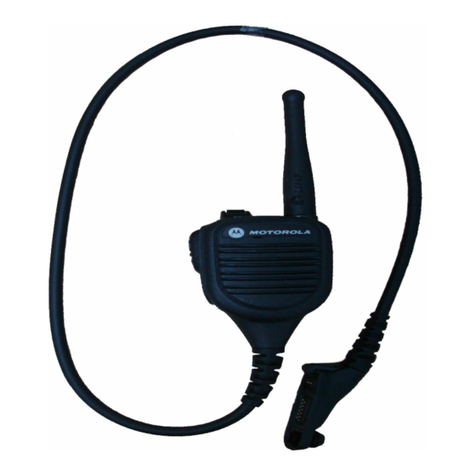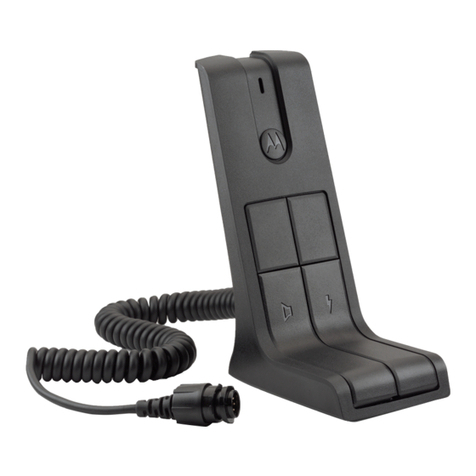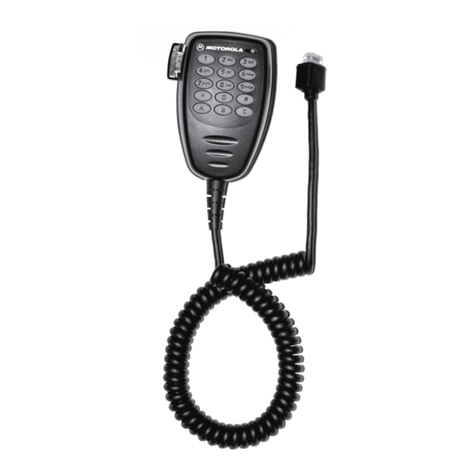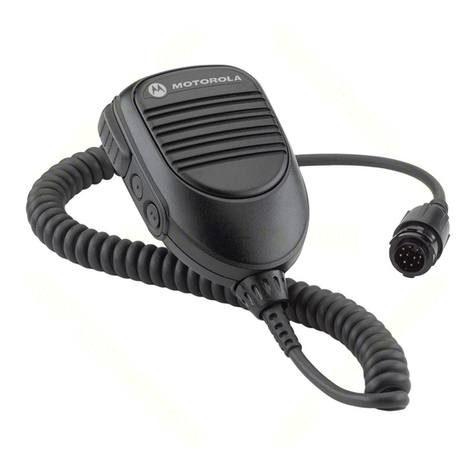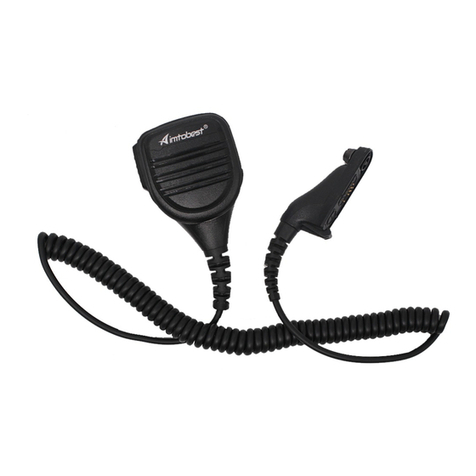
b. Whenever possible, avoid touching any
electrically conductive part of the unit with your
hands.
c. When servicing aunit, avoid carpeted areas,
dry environments, and certain types of clothing
(silk, nylon, etc.) because they contribute to static
buildup.
d. All electrically powered test equipment should
be grounded. Apply the ground lead from the test
equipment to the unit before connecting the test
probe. Similarly, disconnect the test probe prior to
removing the ground lead.
e. If the microphone cartridge is removed from
the unit, place it on aconductive surface, such as
asheet of aluminum foil which is connected to
ground through 100k ohms of resistance.
WARNING
If the aluminum foil is connected directly to ground, be
cautious of possible electrical shock from contacting
the foil at the same time as other electrical circuits.
f. When soldering, be-sure the soldering iron is
grounded.
g. Prior to replacing circuit components or
touching the microphone cartridge, be sure to
discharge any static buildup. Since voltage
differences can exist across the human body, it is
recommended that only one hand be used ff it is
necessary to touch the microphone cartridge and
associated wiring.
h. Replacement microphone cartridges should be
kept in conductive packaging until they are placed
in the unit.
5S. MAINTENANCE
Refer to the schematic diagram, the exploded
view, and the parts lists. Every part in the
microphone is identified and illustrated for
assistance in removal and replacement.
If disassembly of the remote speaker
microphone is required, do not reassemble it
without doing the following (numbers in
parentheses refer to item numbers in the
exploded view.
eRemove the O-Ring (14) from the cover
assembly (8).
eInspect the seal areas around the housing
(1) and the cover (8) for foreign material
which might prevent the O-ring from
sealing property.
eInspect O-ring (14) and both cover screw
O-rings (10). If any of these are split,
cracked, or damaged in any way, discard
and replace them.
elf the main printed circuit board (3) is
removed, remove the speaker spacer (19)
and inspect the membrane of the seal pad
(20} for tears or holes. If the membrane is
damaged, remove it, being careful to
remove all old adhesive, and replace it with
anew seal pad.
NOTE
When placing the seal pad (20), it is critical
that the small seal pad opening be aligned
with the microphone port in the housing.
¢Tighten all hardware loosened or removed
during disassembly per the values listed in
the Torque Specifications table. Use the
recommended torque driver (RSX-4043A
Rototorq Tool or equivalent).
TORQUE SPECIFICATIONS
TORQUE TORQUE
APPLICATION BIT NO.
(IN. LBS.)
Back Cover Screws 6680321878
PC Board Screws 6680321B78
6680321B78Pocket Clip Screw
Antenna Adapter 10 6680370B90
Accessory Connector
Mounting Screw 6680321B78
6
4
4
4
If necessary, the external surfaces of the
remote speaker microphone may be cleaned with
0.5% solution of mild dishwashing detergent in
water (one teaspoon of detergent in agallon of
water).
2
b. Whenever possible, avoid touching any
electrically conductive part of the unit with your
hands.
c. When servicing aunit, avoid carpeted areas,
dry environments, and certain types of clothing
(silk, nylon, etc.) because they contribute to static
buildup.
d. All electrically powered test equipment should
be grounded. Apply the ground lead from the test
equipment to the unit before connecting the test
probe. Similarly, disconnect the test probe prior to
removing the ground lead.
e. If the microphone cartridge is removed from
the unit, place it on aconductive surface, such as
asheet of aluminum foil which is connected to
ground through 100k ohms of resistance.
WARNING
If the aluminum foil is connected directly to ground, be
cautious of possible electrical shock from contacting
the foil at the same time as other electrical circuits.
f. When soldering, be-sure the soldering iron is
grounded.
g. Prior to replacing circuit components or
touching the microphone cartridge, be sure to
discharge any static buildup. Since voltage
differences can exist across the human body, it is
recommended that only one hand be used ff it is
necessary to touch the microphone cartridge and
associated wiring.
h. Replacement microphone cartridges should be
kept in conductive packaging until they are placed
in the unit.
5S. MAINTENANCE
Refer to the schematic diagram, the exploded
view, and the parts lists. Every part in the
microphone is identified and illustrated for
assistance in removal and replacement.
If disassembly of the remote speaker
microphone is required, do not reassemble it
without doing the following (numbers in
parentheses refer to item numbers in the
exploded view.
eRemove the O-Ring (14) from the cover
assembly (8).
eInspect the seal areas around the housing
(1) and the cover (8) for foreign material
which might prevent the O-ring from
sealing property.
eInspect O-ring (14) and both cover screw
O-rings (10). If any of these are split,
cracked, or damaged in any way, discard
and replace them.
elf the main printed circuit board (3) is
removed, remove the speaker spacer (19)
and inspect the membrane of the seal pad
(20} for tears or holes. If the membrane is
damaged, remove it, being careful to
remove all old adhesive, and replace it with
anew seal pad.
NOTE
When placing the seal pad (20), it is critical
that the small seal pad opening be aligned
with the microphone port in the housing.
¢Tighten all hardware loosened or removed
during disassembly per the values listed in
the Torque Specifications table. Use the
recommended torque driver (RSX-4043A
Rototorq Tool or equivalent).
TORQUE SPECIFICATIONS
TORQUE TORQUE
APPLICATION BIT NO.
(IN. LBS.)
Back Cover Screws 6680321878
PC Board Screws 6680321B78
6680321B78Pocket Clip Screw
Antenna Adapter 10 6680370B90
Accessory Connector
Mounting Screw 6680321B78
6
4
4
4
If necessary, the external surfaces of the
remote speaker microphone may be cleaned with
0.5% solution of mild dishwashing detergent in
water (one teaspoon of detergent in agallon of
water).
2
